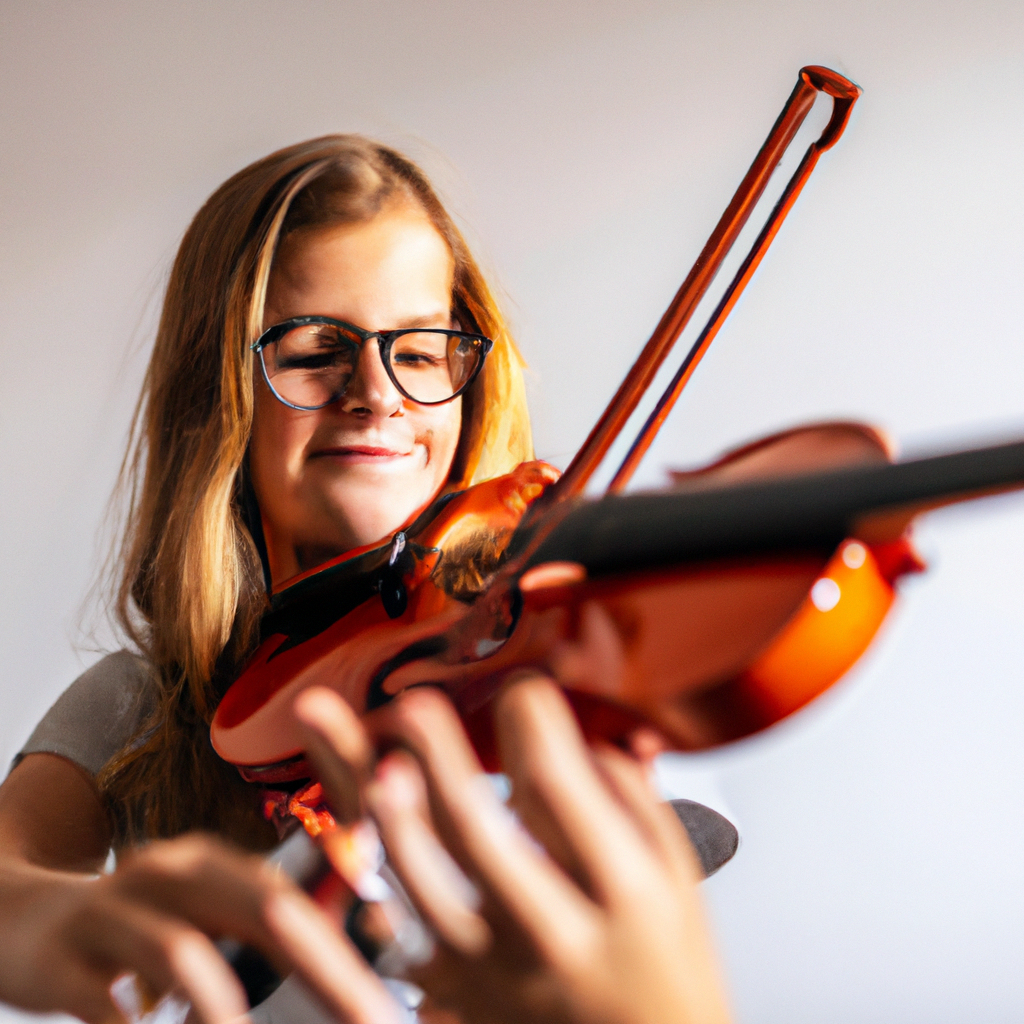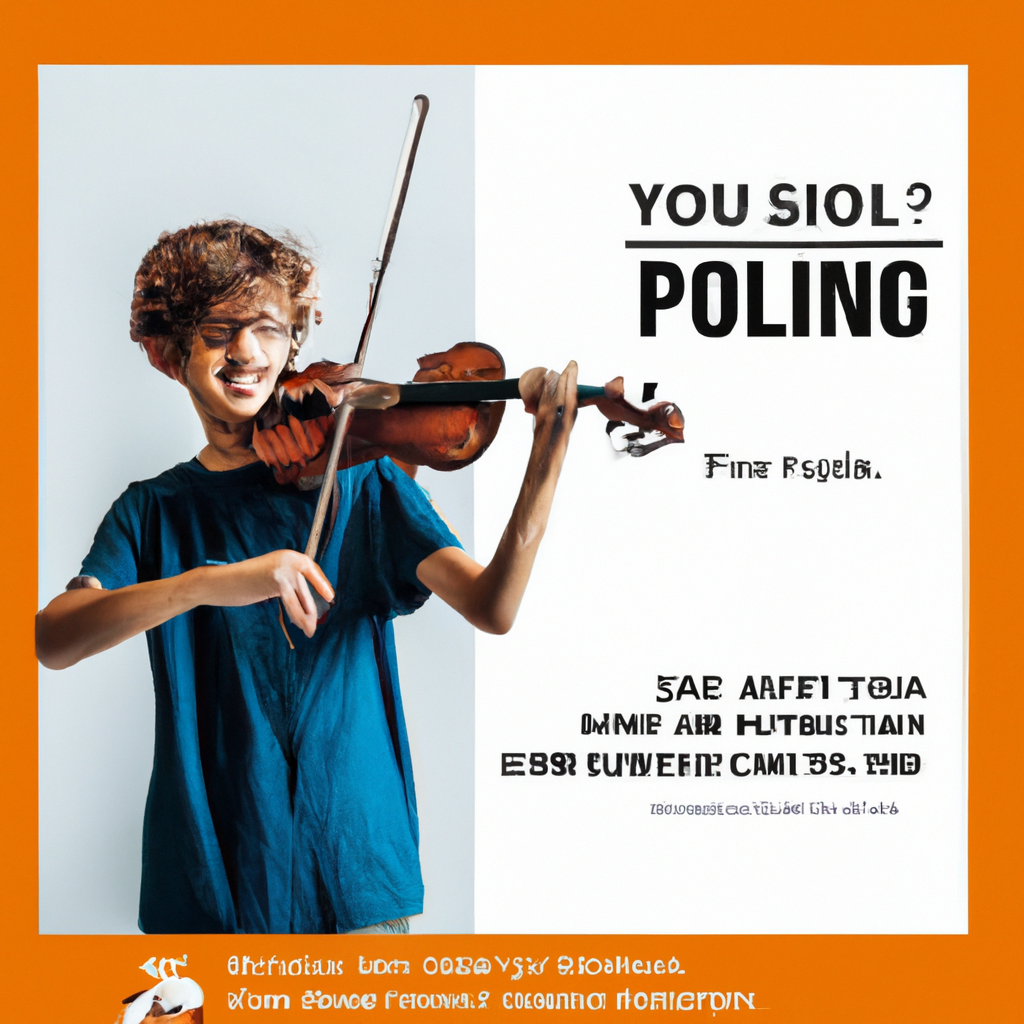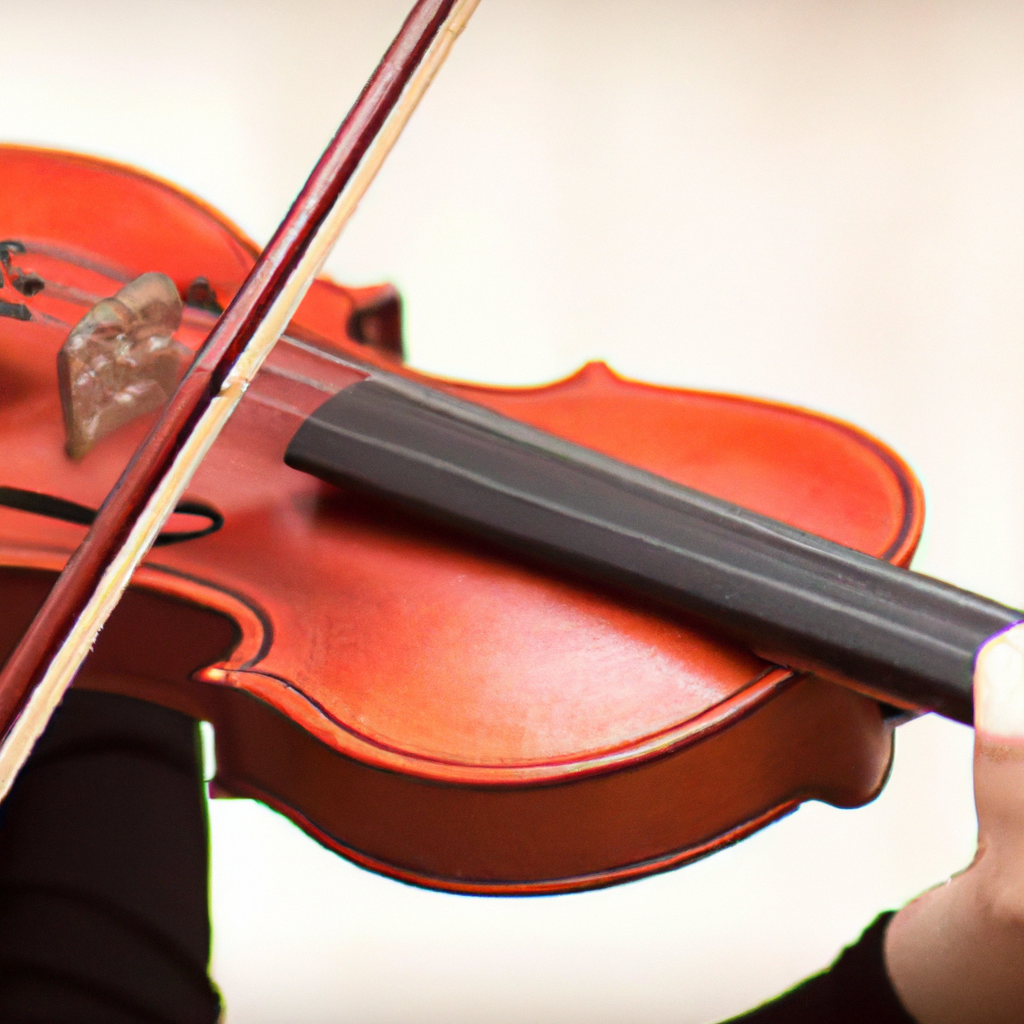
Learning to play the violin as a beginner can be an exciting and rewarding journey. However, it's important to know the dos and don'ts to ensure success. By following the right approach, beginners can lay a strong foundation and progress steadily in their violin playing.

One of the most important dos when learning to play the violin is finding a qualified violin teacher. A good teacher can provide proper guidance, offer personalized instruction, and help correct any errors in technique or posture. They can also keep you motivated and accountable, ensuring consistent progress in your learning journey.

Proper posture and technique are crucial for playing the violin correctly and preventing injuries. Beginners should focus on maintaining a relaxed posture, with the violin resting comfortably on the collarbone. The left hand should have a curved shape, and the bow should be held with a relaxed grip. Starting with correct posture and technique from the beginning sets the foundation for efficient playing and prevents the development of bad habits.

Consistent practice is key to improving as a beginner violinist. It's better to practice for short periods daily rather than having longer practice sessions irregularly. Creating a practice schedule and sticking to it can help develop discipline and make practice a regular part of your routine. Even as a beginner, aim for at least 30 minutes of focused practice every day.

Learning to play a piece of music can be overwhelming for beginners. Breaking down the music into smaller sections helps in mastering difficult parts more effectively. Start with learning small segments and gradually piece them together. This approach allows for better understanding and control of the music, leading to more confident and accurate playing.
Practicing with poor technique can lead to the development of bad habits that are difficult to correct later on. It's essential to identify and correct any technical errors early in your learning journey. Recording yourself playing or seeking feedback from a teacher can help identify areas for improvement. Remember, practicing with proper technique from the beginning sets the stage for progress and mastery.
Mastering the basics is crucial before moving on to more advanced techniques. Rushing through the fundamentals can hinder progress and lead to frustration in the long run. Spend ample time on basic skills such as bowing, fingering, and intonation. Focus on accuracy and control before advancing to more complex techniques.
Comparing yourself to others can be demotivating and hinder your progress as a beginner violinist. Every individual progresses at their own pace, and it's important to focus on personal improvement and growth. Celebrate your achievements and milestones, and embrace the unique journey of learning the violin.
Warm-up exercises are essential for preparing the body and mind before practicing or playing the violin. They help improve flexibility, coordination, and prevent injuries. Incorporate exercises such as scales, arpeggios, and bowing exercises to warm up your fingers, wrists, and arms. Warm-ups also facilitate better focus and concentration during practice sessions.
Q: Do I need a teacher to learn the violin as a beginner?
A: While it's possible to learn the violin on your own, having a qualified teacher provides valuable guidance and ensures proper technique and progress.
Q: How often should I practice as a beginner violinist?
A: Aim for at least 30 minutes of focused practice every day. Consistency is more important than practicing for long hours irregularly.
Q: Can I start learning advanced techniques right away?
A: It's important to master the basics before moving on to more advanced techniques. Rushing through the fundamentals can hinder progress in the long run.
Choosing the right violin is crucial for beginners. Here are some dos and don'ts to keep in mind:
Taking proper care of your violin is essential for its longevity and sound quality. Here are some dos and don'ts of maintaining your violin:
Keeping the violin properly tuned is crucial for producing the right notes and maintaining good intonation. Here are some dos and don'ts of tuning the violin:
Choosing the right accessories can enhance your violin playing experience. Here are some dos and don'ts when selecting violin accessories:
Playing in public can be a valuable experience for a beginner violinist. Here are some dos and don'ts when practicing in public:
Playing with other musicians is a valuable learning experience. Here are some dos and don'ts when playing with others:
As a violinist, it's essential to take care of yourself physically and mentally. Here are some dos and don'ts of self-care for violinists:
Learning to play the violin as a beginner can be challenging, but with the right approach, it can also be incredibly rewarding. By following the dos and don'ts outlined in this article, you can set yourself up for a successful journey in violin playing. Remember to find a qualified teacher, focus on proper technique, practice regularly, and avoid common pitfalls. Embrace the joy of learning and enjoy the beautiful journey of becoming a skilled violinist.